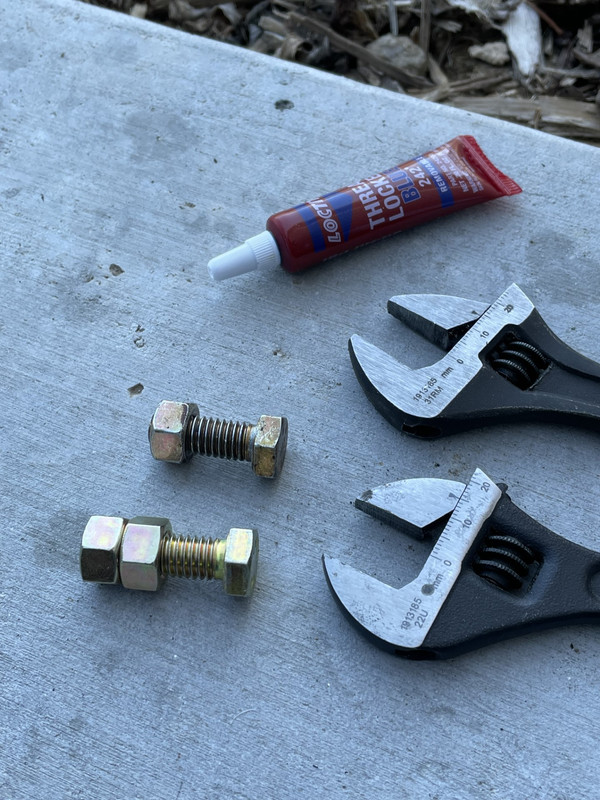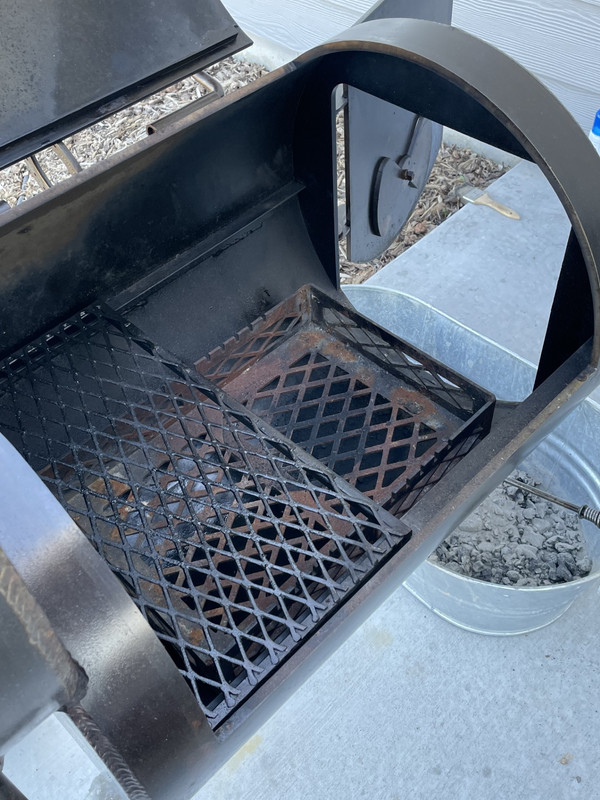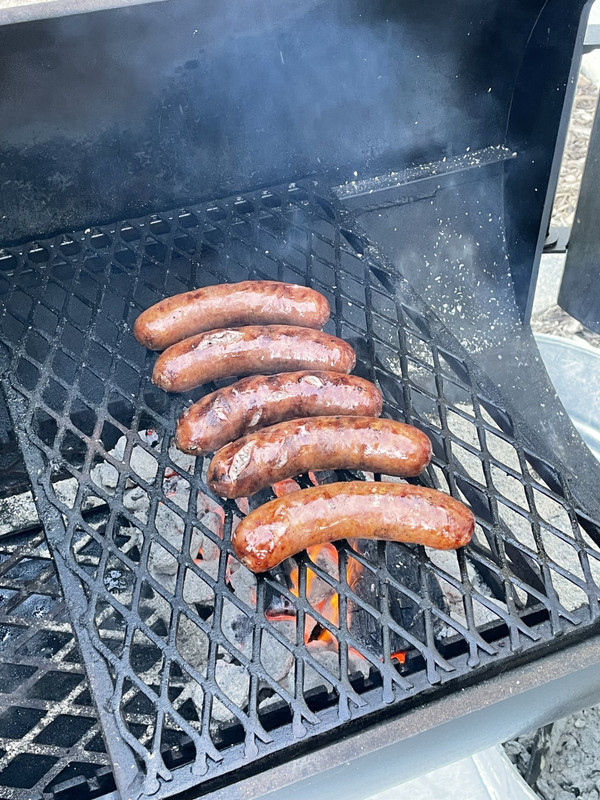After thinking about it some more, that size grease dam makes sense considering the size of the pit. I was initially thinking about it from the perspective of my 24 x 60 offset, where I have loaded 10 butts on there, and the bottom rack was only about 65% full. That can make a lot of grease.
How big is the grease dam on yours? And where is the drain located? Pics?












